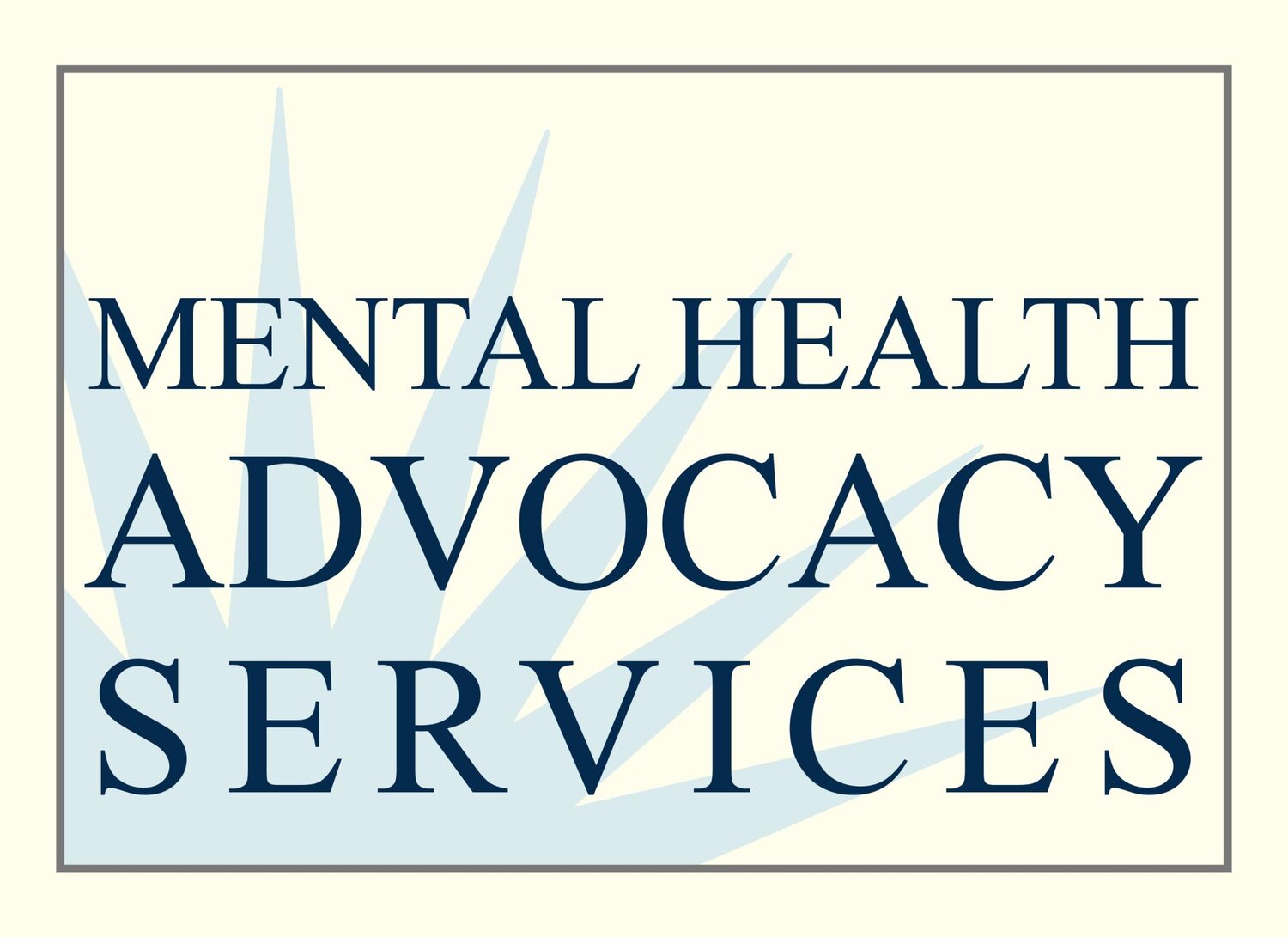What Would Success Look Like?
by Tanya FranklinTanya Franklin is UCLA School of Law’s inaugural Education Law Public Service Fellow at MHAS.
 This question was asked of six youth leaders at the Children’s Defense Fund’s policy convening in regards to dismantling the cradle to prison pipeline.While the entire day was filled with powerful speakers including Marian Wright Edelman, Rev. James Lawson, and Senator Holly Mitchell, my favorite part of the day was hearing from these youth leaders in their panel entitled “Building a Youth-Guided Movement.” These powerful voices were representing the Anti-Recidivism Coalition, Youth Justice Coalition, Community Rights Campaign, Khmer Girls in Action, Brothers, Sons, Selves, and the Alliance for Boys and Men of Color. Individually, they spoke of their experiences with the injustices of punitive discipline policies and school push-out practices; collectively they communicated hope for change through their organizing and advocacy efforts.When Dr. Robert Ross asked the young people what success would look like, they did not hesitate.Teachers would keep students in their classroom and understand them better. The focus would be on community and love for all instead of privilege for some and exclusion for others. When conflict would arise on campus, instead of chanting “Fight! Fight! Fight!” students would encourage each other to “Circle up.”Circle in schools is a process by which students both build community and repair harm. In a conflict circle, students who do harm and students who experience harm (note the language change from “offender” and “victim”) engage in a dialogue that allows them to listen and speak from their hearts, to build understanding and respect, and to make agreements to each other in order to heal the relationship. Circle is the foundational restorative justice practice that allows students and staff to truly build and repair community.When Dr. Ross read my question from the audience, “What are better alternatives to suspensions and expulsions,” three of the six students specifically called out Restorative Justice. They also mentioned mental health counselors, gang interventionists, motivation, resources, options, and support. Young people know that prevention is key and positivity is a must.Friday’s policy convening reminded me of the optimism and the enthusiasm that educators and policymakers must maintain as we replace punitive practices with restorative ones, useless suspensions with accountable conversations, and rejection with love. This is what I think success would look like.
This question was asked of six youth leaders at the Children’s Defense Fund’s policy convening in regards to dismantling the cradle to prison pipeline.While the entire day was filled with powerful speakers including Marian Wright Edelman, Rev. James Lawson, and Senator Holly Mitchell, my favorite part of the day was hearing from these youth leaders in their panel entitled “Building a Youth-Guided Movement.” These powerful voices were representing the Anti-Recidivism Coalition, Youth Justice Coalition, Community Rights Campaign, Khmer Girls in Action, Brothers, Sons, Selves, and the Alliance for Boys and Men of Color. Individually, they spoke of their experiences with the injustices of punitive discipline policies and school push-out practices; collectively they communicated hope for change through their organizing and advocacy efforts.When Dr. Robert Ross asked the young people what success would look like, they did not hesitate.Teachers would keep students in their classroom and understand them better. The focus would be on community and love for all instead of privilege for some and exclusion for others. When conflict would arise on campus, instead of chanting “Fight! Fight! Fight!” students would encourage each other to “Circle up.”Circle in schools is a process by which students both build community and repair harm. In a conflict circle, students who do harm and students who experience harm (note the language change from “offender” and “victim”) engage in a dialogue that allows them to listen and speak from their hearts, to build understanding and respect, and to make agreements to each other in order to heal the relationship. Circle is the foundational restorative justice practice that allows students and staff to truly build and repair community.When Dr. Ross read my question from the audience, “What are better alternatives to suspensions and expulsions,” three of the six students specifically called out Restorative Justice. They also mentioned mental health counselors, gang interventionists, motivation, resources, options, and support. Young people know that prevention is key and positivity is a must.Friday’s policy convening reminded me of the optimism and the enthusiasm that educators and policymakers must maintain as we replace punitive practices with restorative ones, useless suspensions with accountable conversations, and rejection with love. This is what I think success would look like.
